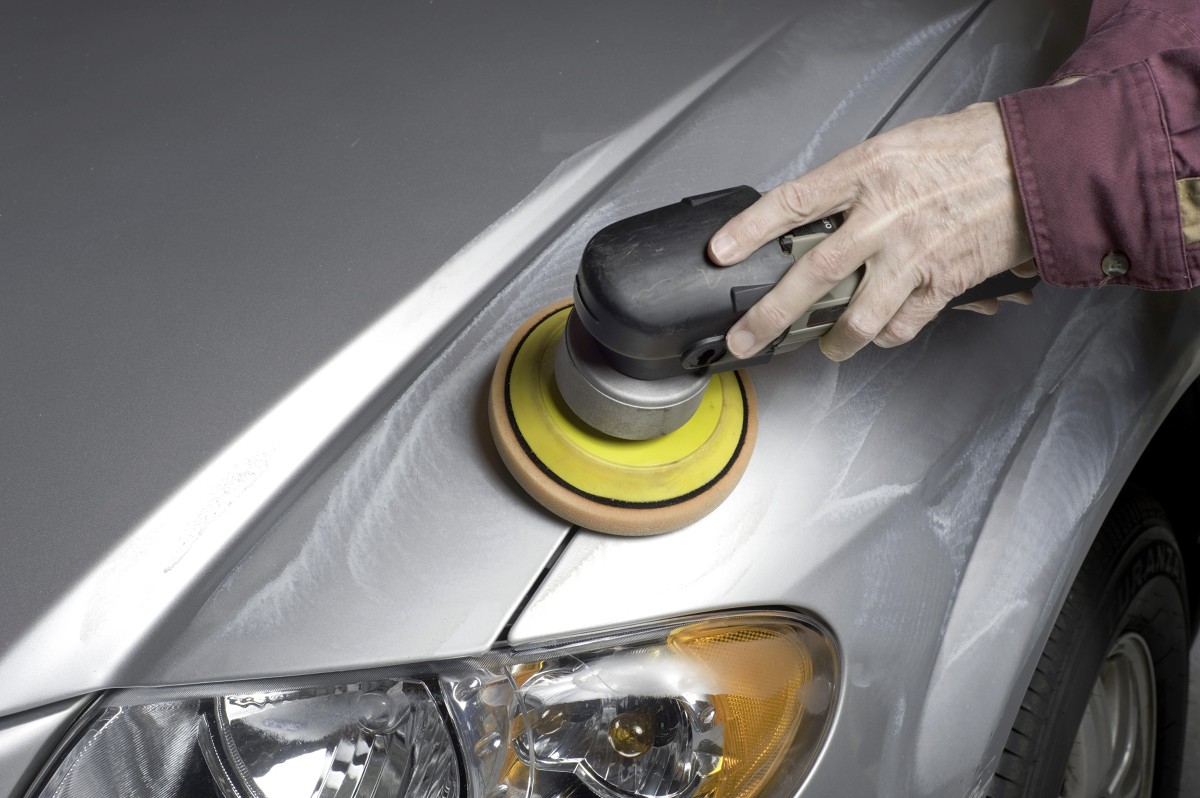
Corrosion control
 In the economy of our country, corrosion is a very serious problem. We drivers only see it in terms of rust spots on a car or blisters on a fender. And we are very sensitive to this. For many of us, the appearance of the first points of corrosion is the reason for sleepless nights and the spontaneous decision to sell the car. As we know from history, important decisions should not be made under the influence of strong feelings. It's the same with our car.
In the economy of our country, corrosion is a very serious problem. We drivers only see it in terms of rust spots on a car or blisters on a fender. And we are very sensitive to this. For many of us, the appearance of the first points of corrosion is the reason for sleepless nights and the spontaneous decision to sell the car. As we know from history, important decisions should not be made under the influence of strong feelings. It's the same with our car.
Where does corrosion come from? Currently, most often this is the result of mechanical damage to the lacquer coating. Front apron, cover  engine, headroom and sills. These are places that are quite heavily exposed to rocks, sand and all other pollutants. The more we drive on the highway, the more the front of our car cracks. In addition, corrosion can occur as a result of errors during the production phase of the car. Sometimes "pimples" appear on the paintwork. Small raised spots. They stick out precisely because the paintwork is not damaged, but only raised by oxides. Such defects can appear anywhere in the car. Another reason is the presence of sand and dirt under the wheel arches and anti-mud coatings. Especially at the front. The critical point is where the spar connects to the sill and first pillar. Here, the sand "compress" can cause serious damage. Paint damage can also be caused by exposure to certain vehicle elements. Very often we can observe corrosion under masking strips, gaskets and decorative elements. Due to vibrations or as a result of improper assembly, they rub the varnish and allow the development of "rotting". Of course, it may also be that the car rusts, let's say, by itself. Currently, it is practically not found, but not so long ago, cars left the factory with red marks on the body. Another problem may be body leakage and water ingress, for example, into the trunk. And, of course, the driver himself can cause corrosion. I mean the winter period, when a large amount of snow and dirt is either accidentally or inaccurately brought inside, as a result of which a completely wet carpet remains on the floor. It's worth keeping it under control. In some cars, for example, there are electronic devices under the passenger's feet, due to which we can get very wet.
engine, headroom and sills. These are places that are quite heavily exposed to rocks, sand and all other pollutants. The more we drive on the highway, the more the front of our car cracks. In addition, corrosion can occur as a result of errors during the production phase of the car. Sometimes "pimples" appear on the paintwork. Small raised spots. They stick out precisely because the paintwork is not damaged, but only raised by oxides. Such defects can appear anywhere in the car. Another reason is the presence of sand and dirt under the wheel arches and anti-mud coatings. Especially at the front. The critical point is where the spar connects to the sill and first pillar. Here, the sand "compress" can cause serious damage. Paint damage can also be caused by exposure to certain vehicle elements. Very often we can observe corrosion under masking strips, gaskets and decorative elements. Due to vibrations or as a result of improper assembly, they rub the varnish and allow the development of "rotting". Of course, it may also be that the car rusts, let's say, by itself. Currently, it is practically not found, but not so long ago, cars left the factory with red marks on the body. Another problem may be body leakage and water ingress, for example, into the trunk. And, of course, the driver himself can cause corrosion. I mean the winter period, when a large amount of snow and dirt is either accidentally or inaccurately brought inside, as a result of which a completely wet carpet remains on the floor. It's worth keeping it under control. In some cars, for example, there are electronic devices under the passenger's feet, due to which we can get very wet.
How to protect a car from corrosion? Modern cars have factory protection at a very high level. The entire floor is covered with the so-called "lamb", i.e. elastic mass, very resistant to water, sand and stones. Thanks to this, we don't have to worry about anything. The closed profiles are protected with wax. In fact, it is enough for the entire life of the car. However, many people prefer to provide additional protection for both the undercarriage and confined spaces. This may seem like overzealous, but if we are going to use the car for a long time, then it makes sense. In everyday use, it is worth taking care of the cleanliness of the car. If we have the opportunity, we should wash the car several times during the winter season. It is a very good idea to wash all the nooks and crannies of the body with salt. The use of hard waxes also gives very good results. In addition, the ideal solution would be to stick a transparent foil in places that are particularly vulnerable to damage during operation. The special film is almost invisible and provides the highest level of paint protection. Very often, manufacturers themselves use such films to protect, for example, the sill and fender areas at the rear doors.
What to do if we see pockets of corrosion? Act immediately. If the car is still under warranty, no problem. If not, then you have to clean up the "infected" place and go to the painter. In the event that a small tint does not end, it is worth taking a photo of the element. This can be useful when selling a car. The buyer will not think that the lacquered element has damaged the freight train. Unfortunately, it also happens that corrosion begins to attack on a large scale. Then we need to sit down with a piece of paper and a pencil and calculate whether the money spent on fighting corrosion and saving our car will pay off in operation. Very often repairs are not economically justified.
We must also understand that sooner or later every car will end up in scrap metal. Those who survive will be incredibly lucky. Let's be honest. No one produces cars that will serve us for many years. It doesn't change the fact that car maintenance won't hurt her.

